DANUrB - DANUrB Partner Meeting and Study Tour in Romania and Bulgaria, October 14-18, 2018
13-11-2018

On October 14-18 the DANUrB partnership held its regular partners’ meeting, this time uniquely combined with a study tour in Romania and Bulgaria. These four days provided an excellent opportunity for the participants to visit heritage sites of the two countries’ Danube regions, to meet local stakeholders and to learn existing successful practices in the areas of tourism and heritage management.
The tour started with a working session at the Ion Mincu University of Architecture and Urbanism (UAUIM) in Bucharest. Here the dean of the Faculty of Urbanism Mr. Claudiu Runceanu briefly presented the history and the profile of the institution and after the presentation of the project leader, Mr. Bálint Kádár, the participants discussed the upcoming tasks of the partnership. In the evening the participants took part in a short sightseeing walk across the old town of Bucharest.
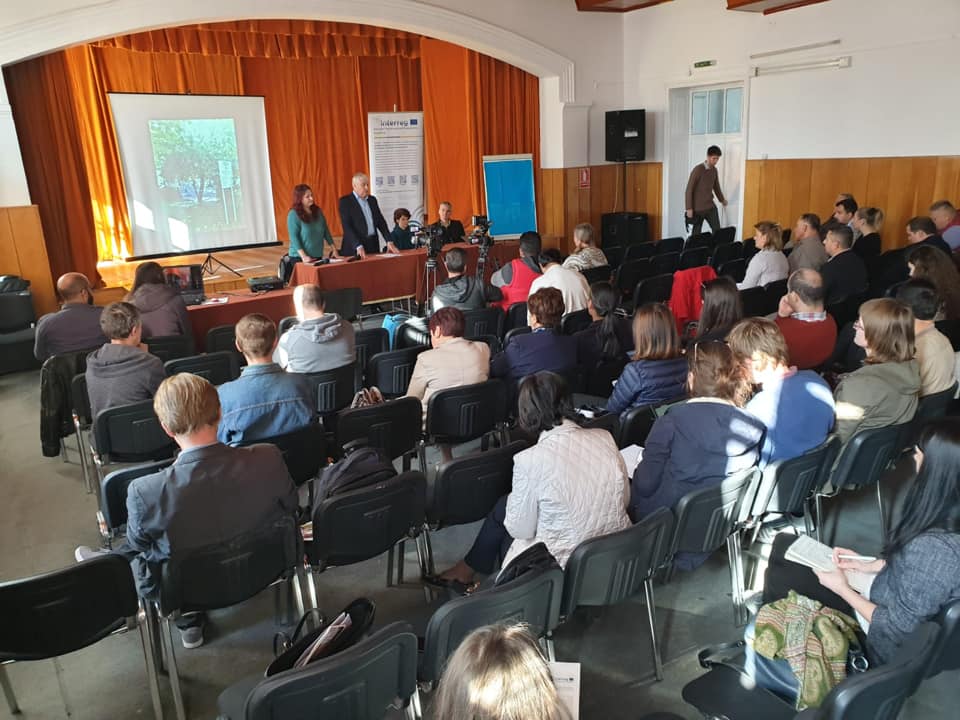
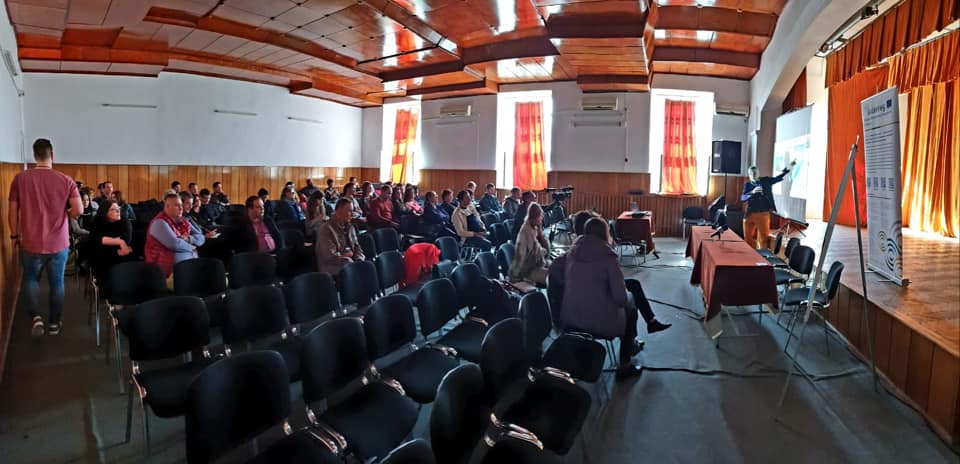
On the next day the participants were guided by another of the project’s Romanian partners, the National Institute for Research and Development in Tourism. Our group first travelled to the Romanian town of Giurgiu, 50 km south-east from Bucharest where at the town hall we were greeted by the city’s mayor and other representatives of the project’s associated partner, the Municipality of Giurgiu. This was followed by the presentation of the project to local stakeholders who in turn talked about the activities and initiatives of the organisations represented by them. The attendees then took a short walk to the main square to see the exhibition of the student projects of the UAUIM’s Faculty of Urbanism near the town’s iconic clock tower. The student works focused primarily on the reimagining and revitalization of various areas along the Danube in and around Giurgiu.
After a lunch featuring the very special local fish soup, the participants visited the ATG shipyard close to Giurgiu’s riverbank, where they were shown around the plant by its director and co-owner, Mr. Adrian Patriche, who recounted the shipyard’s history and outlined its future perspectives. We have learned that during the state socialist period around 4000 people worked in the ship building industry in Giurgiu but after the overall economic transformation in Central and Eastern Europe this dropped to the present number of around 600 workers. The project partners agreed that beyond its economic significance, the shipyard, with its vast erecting shop and ship cranes, has great potential as a site of local industrial heritage. In the afternoon the participants crossed the Danube through the bridge connecting Giurgiu with the Bulgarian city of Ruse, where they were welcomed by the representatives of the project’s local partner, the Human Resources Development Agency (HRDA). Here from late afternoon until evening the second session of the partners’ meeting, as well as the project’s fourth steering committee meeting took place.
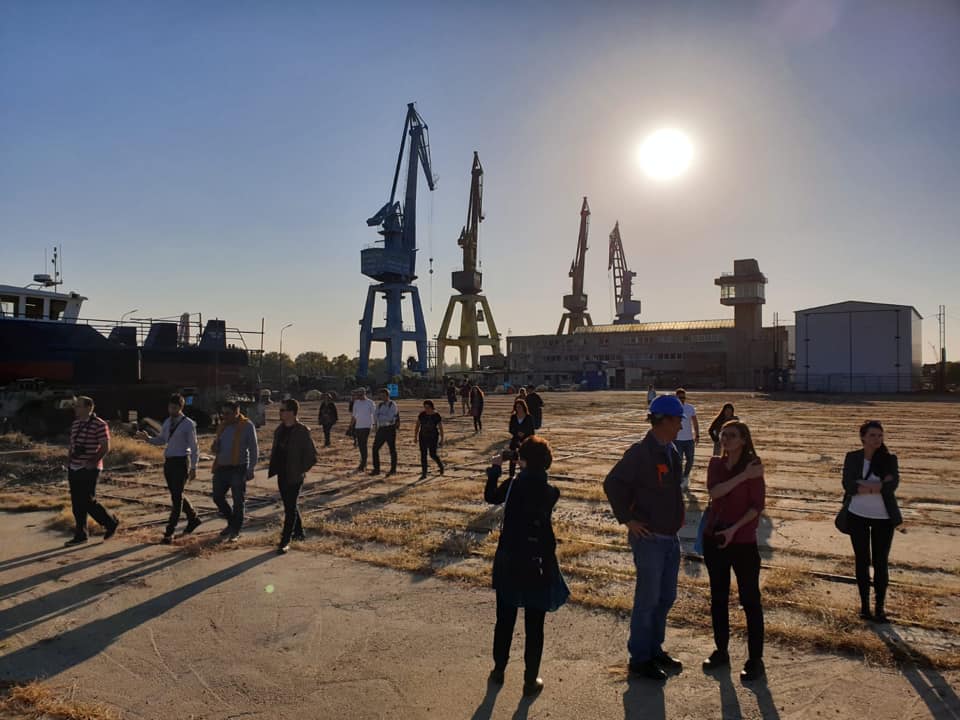
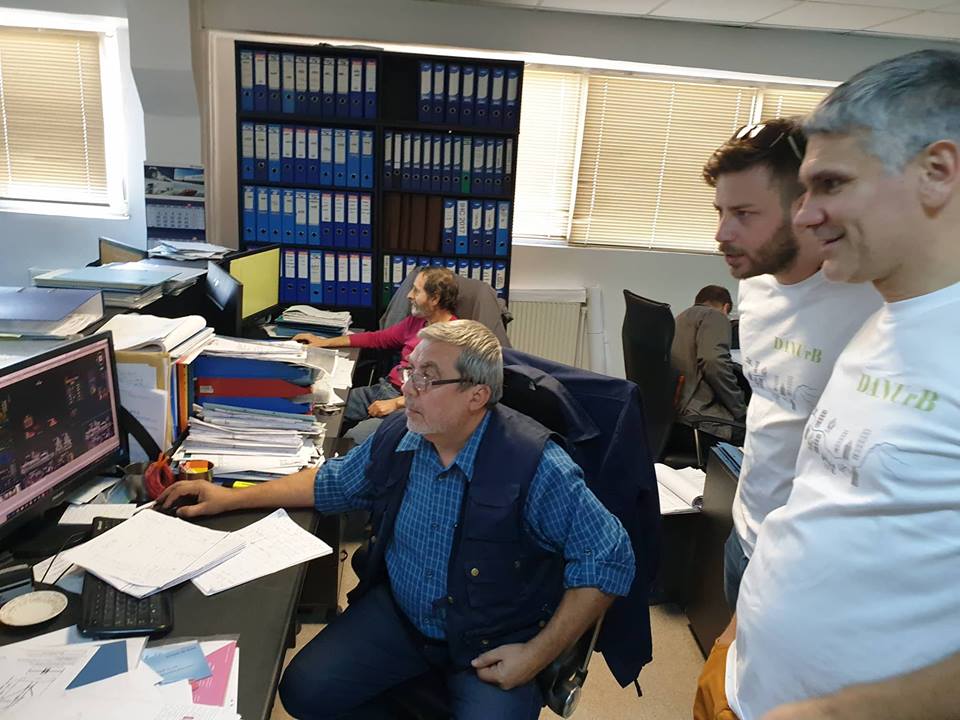
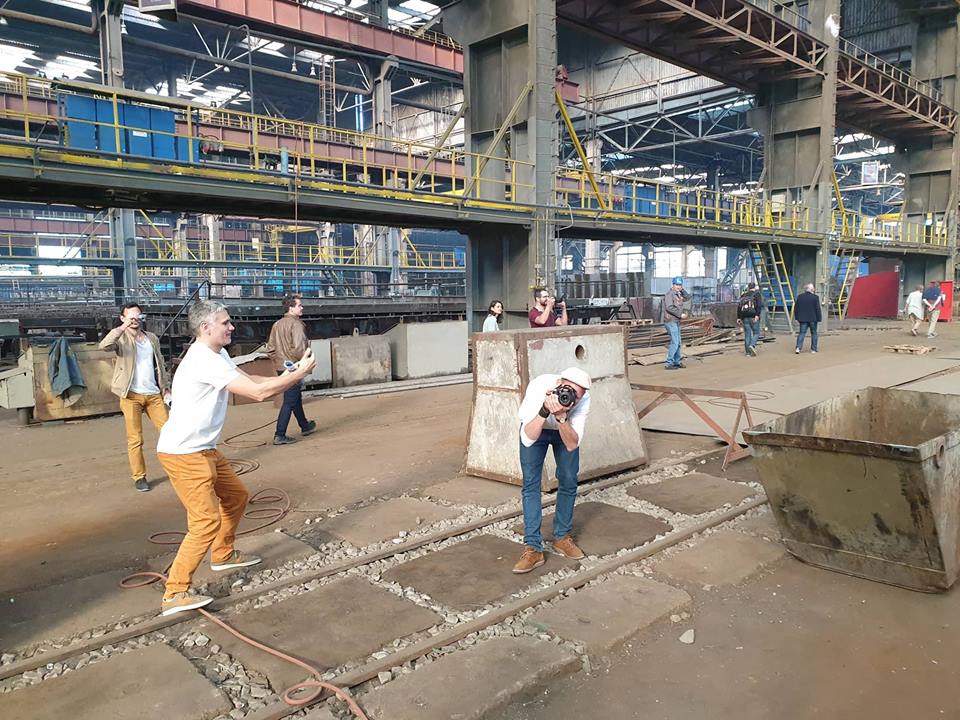
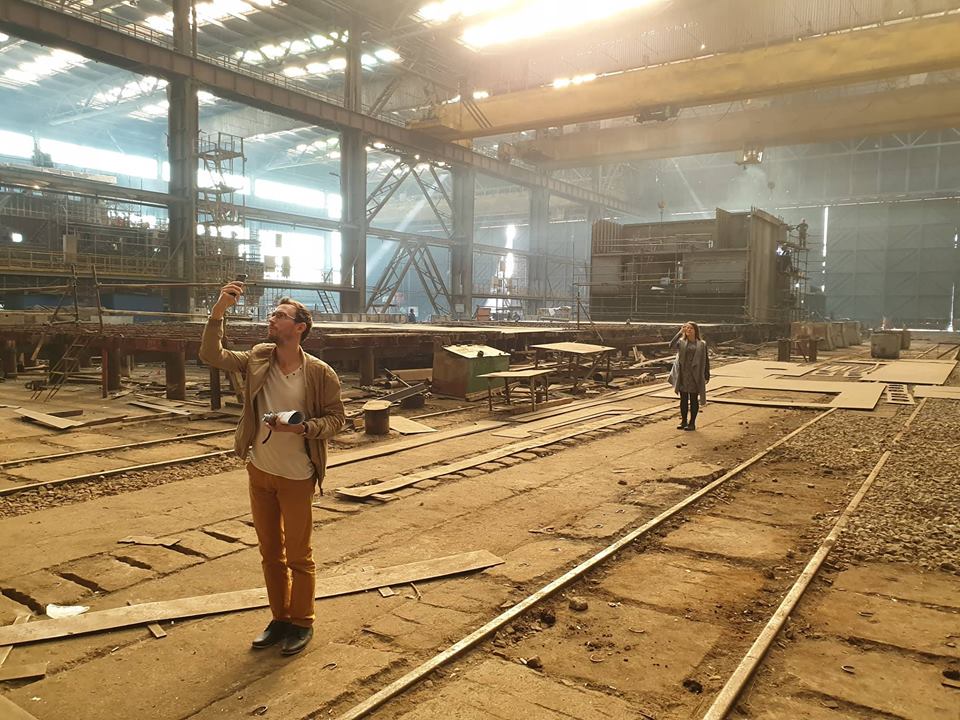
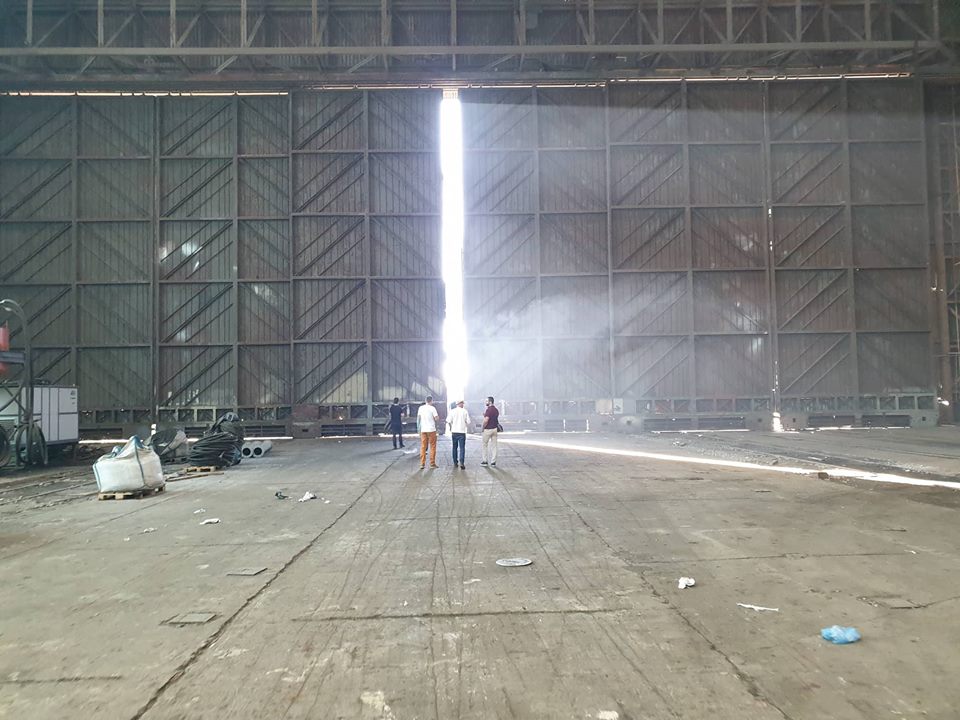
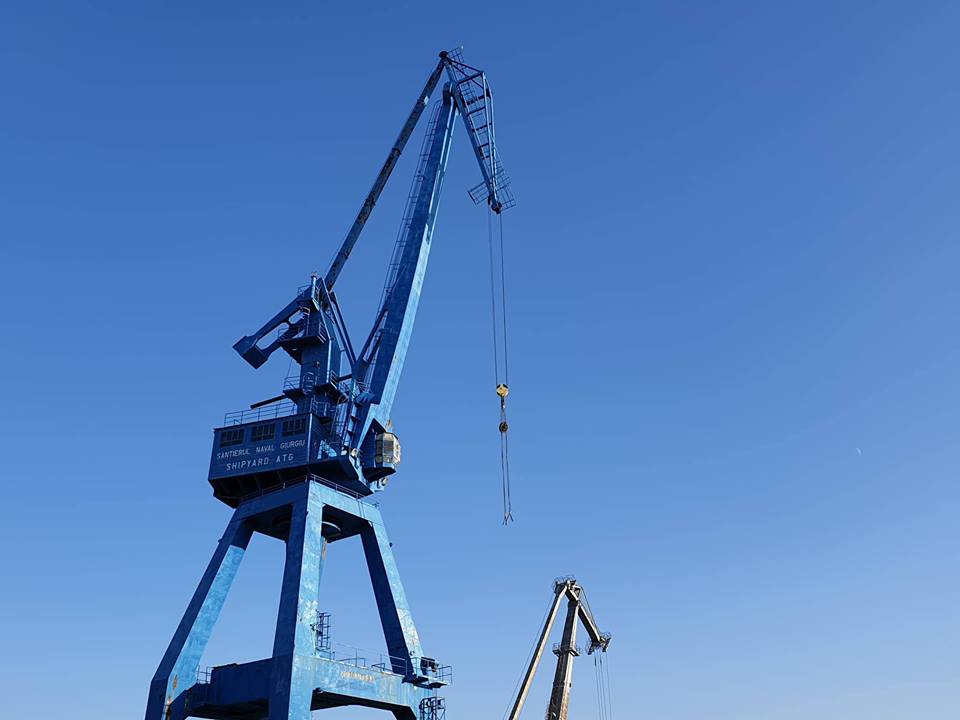
The next day, led by Margarita Kaisheva from the Center for Heritage Interpretation, the DANUrB group visited various heritage sites around Ruse, such as the medieval rock monastery at Basarbovo and Ivanovo, and the archaeological site of the fortified town of Cherven. After returning to Ruse, the project partners had the opportunity to meet with local stakeholders in order to discuss effective approaches of heritage revalorization and sustainable tourism in the Danube regions. The topics highlighted during these discussions included social and demographic processes affecting the region, opportunities for funding public initiatives and the recent developments in the areas of tourism and infrastructure.
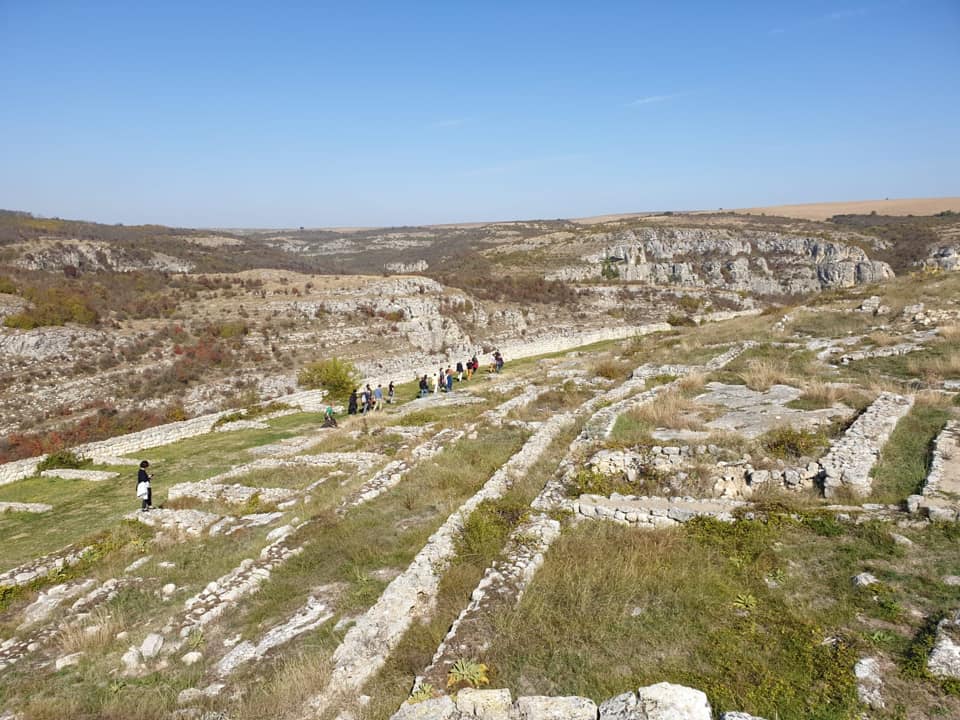


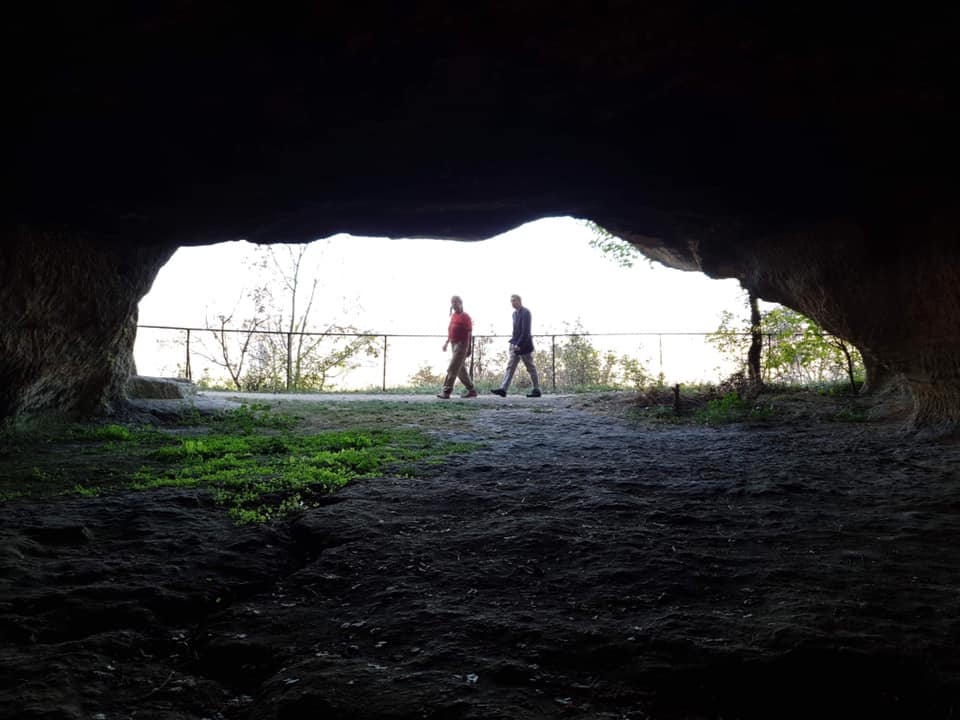
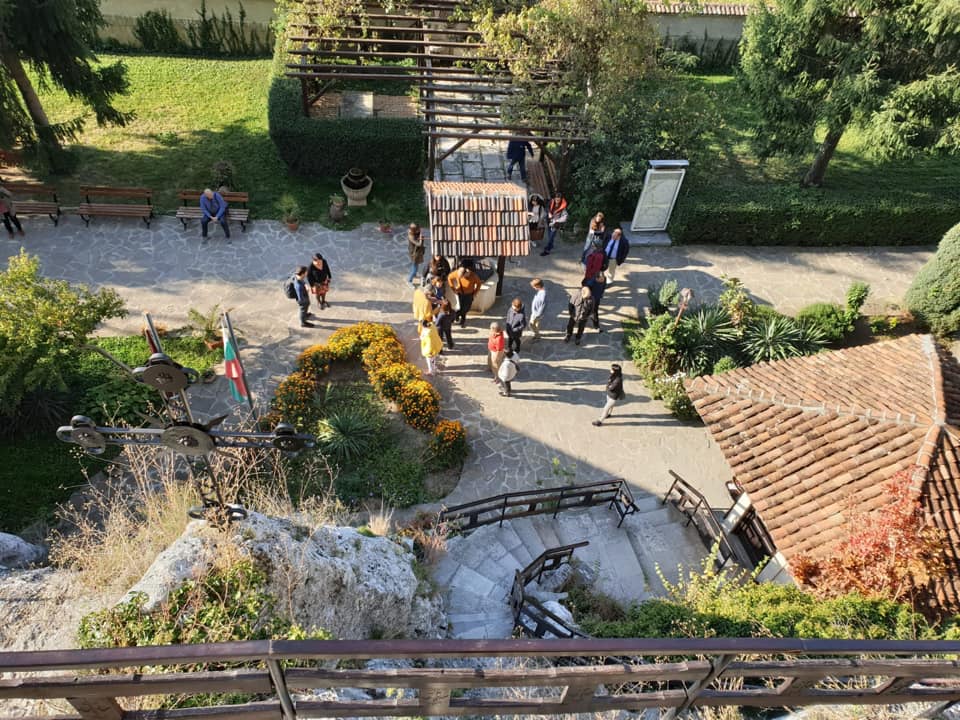

On the fourth day, the meeting’s participants travelled to Tutrakan, a village still preserving the traditions of the Lower Danube’s fishing economy. We were warmly welcomed welcomed by the Deputy Mayor of Silistra (ASP), by the managers of the site and a local folk group and had the chance to taste one of the specialities of the region, the mamaliga. Our group met the last shipbuilder of Tutrakan who still builds wooden barges in the traditional way, and we could also see different types of fish nets weaved by hand. The exhibition in Tutrakan is installed in four fishermens’ houses and features artefacts related to the everyday life and the traditions of the local community. After Tutrakan, the group travelled to the Srebarna Nature Reserve, located at an arm of the Danube and the habitat of hundreds of species of birds including pelicans. The lecture at the reserve’s visitors’ centre outlined its history and highlighted the importance of the Danube to the natural diversity of the region. The participants then left Srebarna for the nearby town of Silistra to meet with local stakeholders and learn the goals of the local institutions and their initiatives.The main organizer of the trip was the National Tourism Cluster "Bulgarian Guide".

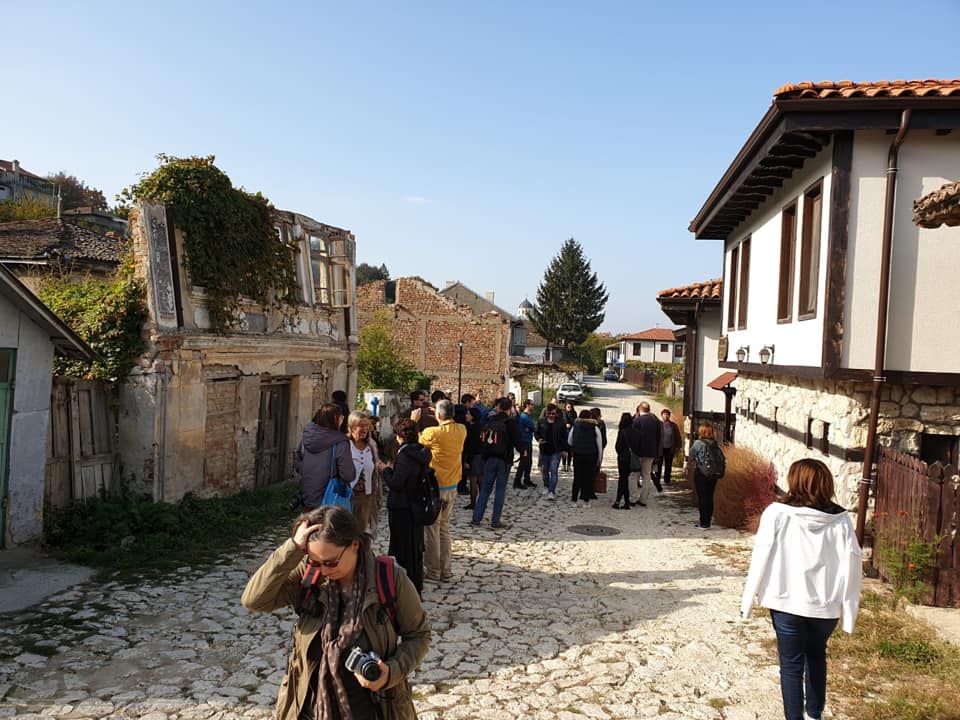

The DANUrB meeting and study tour concluded with a visit of the Romanian town of Călărași, where the director of the municipal museum delivered on-site an informative lecture about the post-war transformation of the town centre.
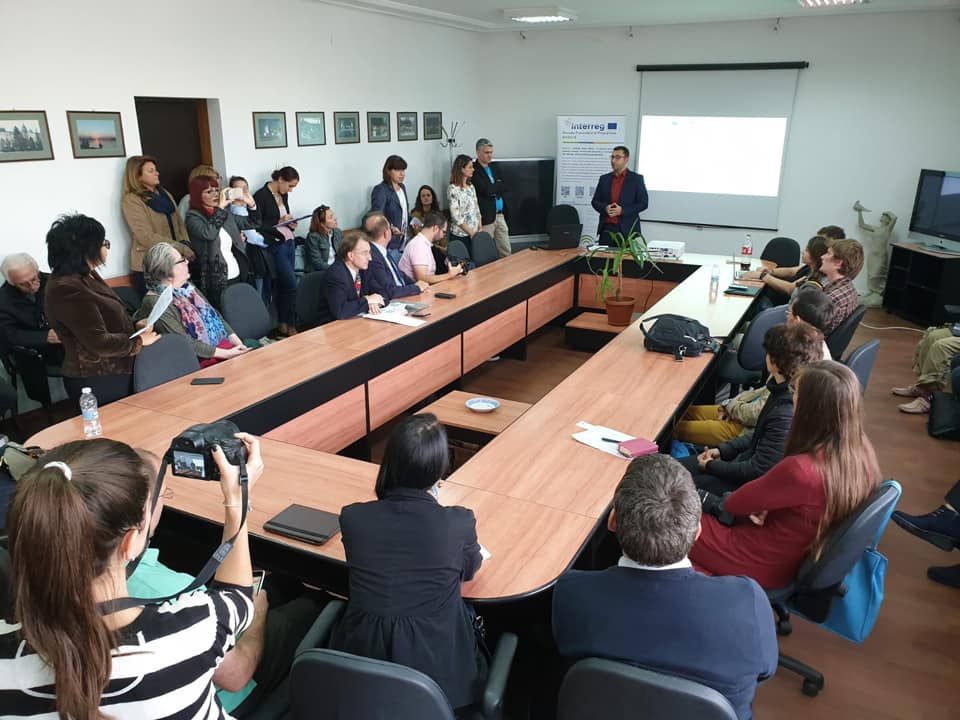
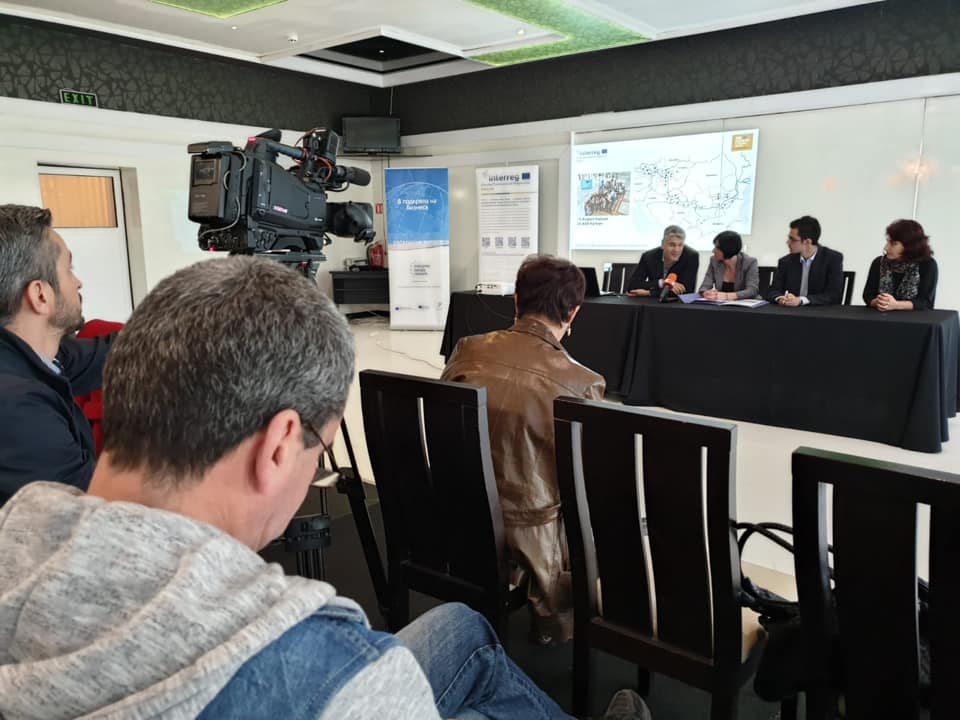
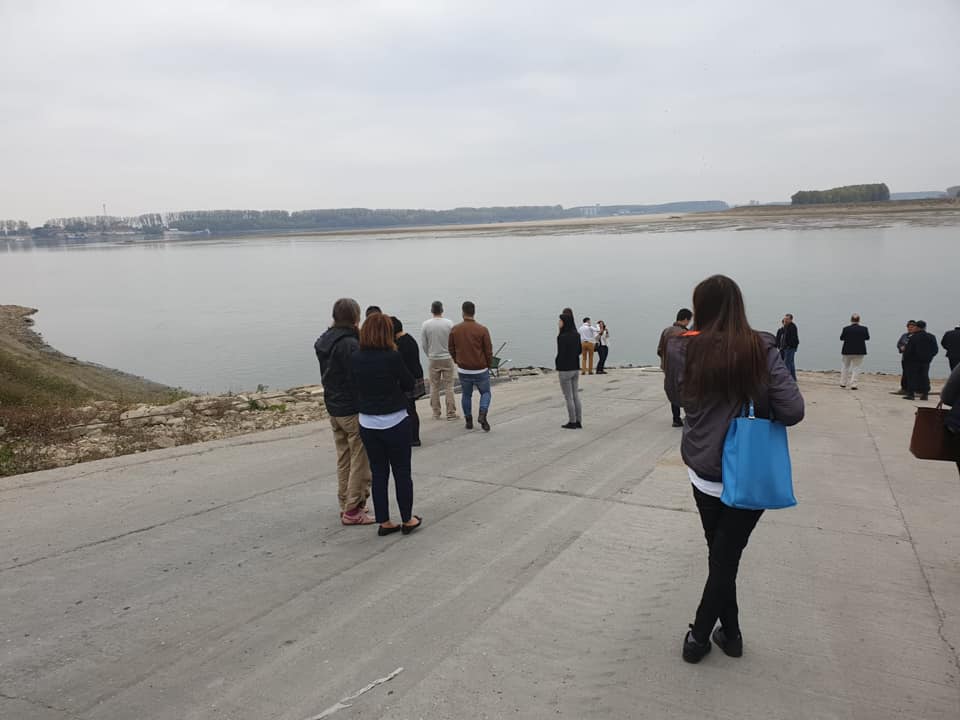
The study tour provided the partnership with plenty of new insights and showed again how diverse is the culture, the economy and the landscape of the Danube region. It was also beneficial to meet again to discuss the tasks at hand before the next partners meeting in Tulcea.
For more information about the DANUrB project, please visit dtp.interreg-danube.eu/danurb
Follow the DANUrB project on social media:
Project co-funded by European Union funds (ERDF and IPA)
